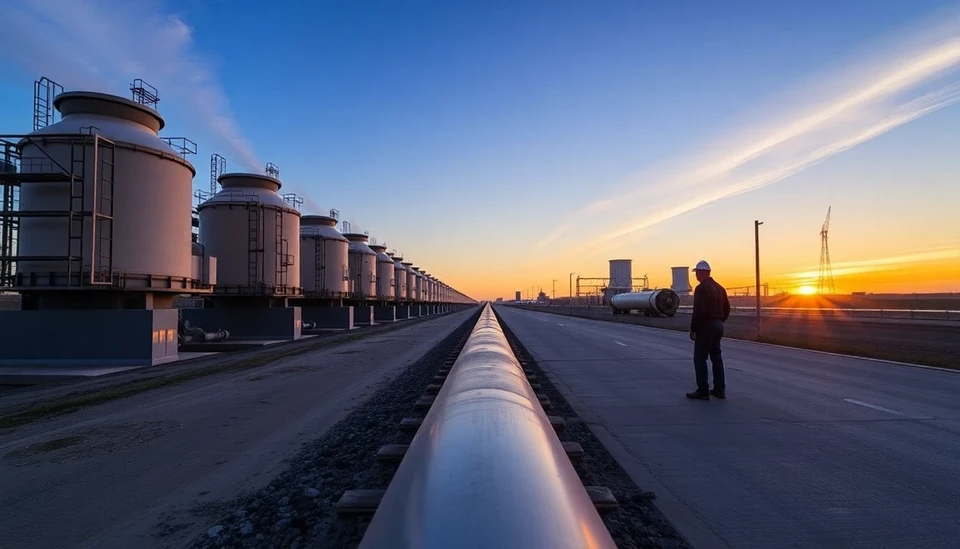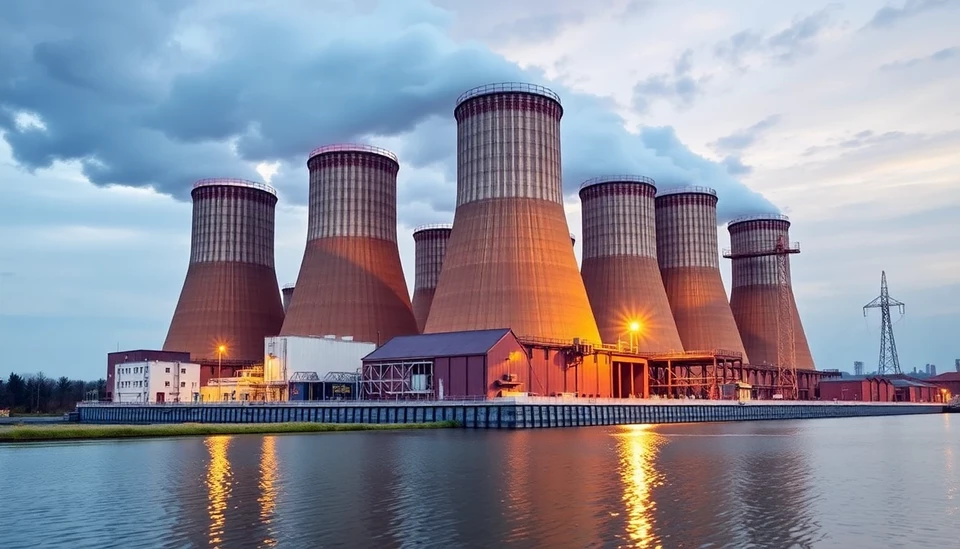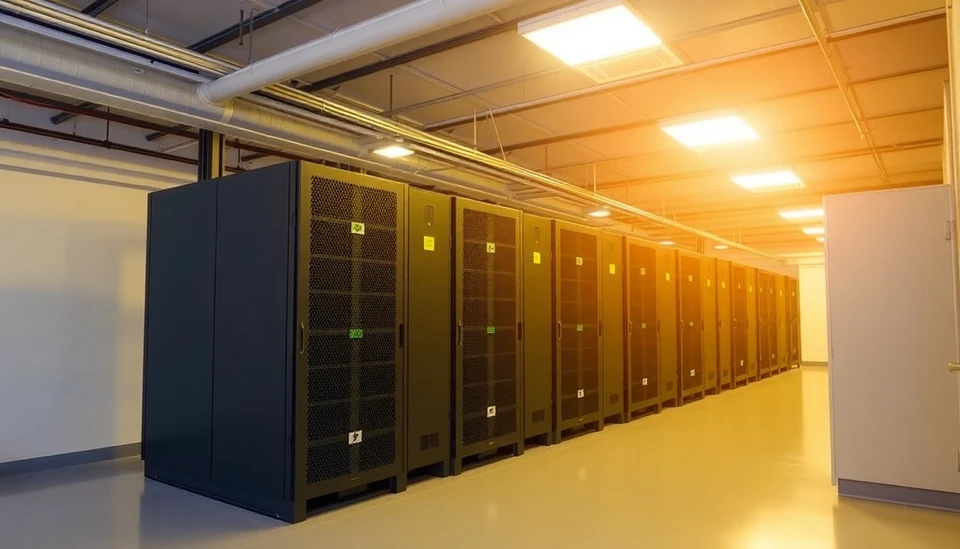
In a bid to reignite its gas-fired power sector, Texas is facing significant hurdles that could hinder its ability to meet rising energy demands. The state, known for its robust energy production, has been attempting to capitalize on natural gas as a vital source of electricity in the wake of shifting market dynamics. However, recent developments suggest that efforts to kickstart new gas plants are faltering under various pressures.
One of the key factors contributing to the sluggish progress is the escalating costs associated with construction and operational aspects of gas-fired plants. An analysis of the current market reveals that developing natural gas infrastructure has become increasingly expensive, deterring potential investors. With competition from renewable energy sources providing lower operational costs, stakeholders are reevaluating the viability of investing in gas-fired power.
Additionally, the regulatory landscape in Texas faces scrutiny, as changes in policies have added layers of complexity to the project approval process. Investors who typically championed plain sailing in the past are now encountering prolonged timelines and regulatory hurdles that could delay project completion. These uncertainties have made stakeholders cautious, dampening enthusiasm for entering the gas market at a time when swift energy solutions are required.
The recent volatility in the energy market further complicates the situation. Natural gas prices have fluctuated dramatically, influenced by global supply chain disruptions and geopolitical tensions. This unpredictability complicates forecasting and operational planning, making it less appealing for utilities to rely heavily on gas-fired generation when prices are on a roller coaster ride. As agencies warn of looming power shortages, the urgency to build new plants is met with hesitance from the industry.
In a parallel development, the desire to reduce carbon emissions has put pressure on traditional energy sectors, including natural gas. With more consumers and governmental bodies advocating for cleaner and more sustainable energy sources, natural gas—while cleaner than coal—still faces criticism for its environmental impact. This societal shift prompts investors to reconsider their involvement in gas projects in favor of renewable energy investments that align with a more sustainable future.
As Texas navigates these challenges, the focus will be on balancing the immediate need for reliable energy supply with long-term sustainability goals. Industry experts are calling for a diversified approach that includes integrating various energy sources, including gas, renewables, and potentially nuclear power, to secure a stable and sustainable energy future.
In conclusion, while Texas has positioned itself as a powerhouse in energy production, its attempt to bolster the gas-fired industry faces substantial setbacks. The convergence of high costs, regulatory challenges, market volatility, and environmental concerns paints a complex picture of the future of gas power in the state. Stakeholders will need to collaborate and innovate to overcome these obstacles if Texas hopes to maintain its legacy as a leader in energy production.
#TexasEnergy #GasFiredPower #RenewableEnergy #NaturalGas #EnergyMarket #InfrastructureChallenges
Author: Peter Collins



